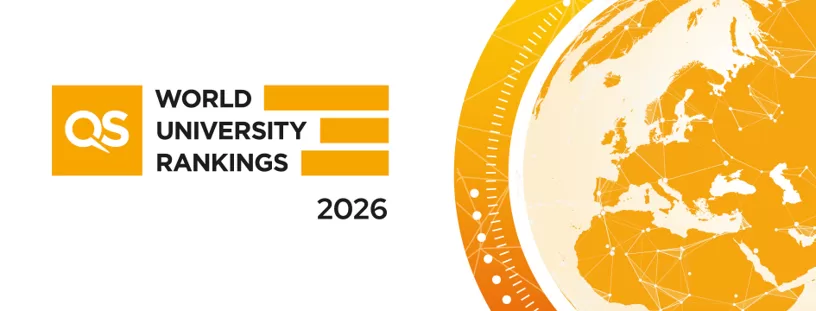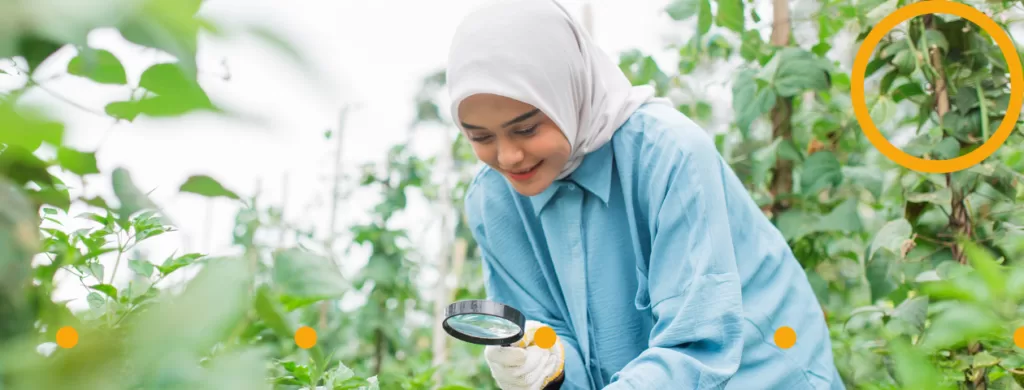
“International education is a tremendous force for good. But it has a carbon footprint.” Ainslie Moore, President of CANIE, the Climate Action Network for International Educators.
The mutual economic, cultural and social benefits of international students are well known and championed in the higher education sector. But as universities improve their sustainability strategies and better amplify their sustainable credentials, one of our biggest revenues is having a tremendous environmental cost. The University of Bristol found that “greenhouse gas emissions associated with student travel were between 14.01 and 38.54 megatons in 2014.” Putting this into context, the lower estimate is comparable to the national annual total emissions for Jamaica, while the higher estimate is more similar to that for Tunisia or Croatia.” And that was a decade ago – more students travel internationally for higher education than ever before.
Albert Villarroya, Urban Mobility Specialist at the Universitat Politècnica de Catalunya (UPC) in Barcelona, estimates that 75% of UPC’s greenhouse gas emissions are from transportation.
International students themselves are expressing anxiety about their own mobility. 62% of international students said environmental sustainability was ‘very’ or ‘extremely’ important to them (QS International Student Survey 2024). Data from the same QS survey also shows that 40% of students judge whether a university is environmentally sustainable by its stated commitments to achieving carbon-neutral status.
With all this in mind, it’s worth asking how universities can decarbonise mobility. How do you approach so large of a problem?
Student mobility
Mobility at universities goes beyond just international students, with academics and leadership travelling. It’s a key part of our globally-connected higher education system. As we’ll explore later, compartmentalising is key to success, so let’s start with international student mobility.
International students will almost certainly be flying to and from their study destination. “International student travel accounts for around 34% of our Scope 3 footprint, so it’s not something we can ignore,” Julia Durkin, Acting Head of Environmental Sustainability at the University of Manchester, says. Scope 3 emissions are indirect emissions from procurement, commuting, business travel, investments.
As an industry, we do not want to stop student mobility – and that means recognising that there is a carbon cost to this activity. Mitigation work can be done in this space – encouraging international students to travel by train where possible, or not return home on study weeks.
But offsetting this carbon cost is also possible. Deborah McAllister, CANIE’s Vice-President, explained that embedding sustainability initiatives into the university curriculum helps to mitigate the carbon impact of international students in the future, by giving the next generation the tools and mindset to make sustainable decisions. “Many universities have moved to include a sustainability module, or add understanding and awareness throughout their student journey, to ensure students can make informed choices.” Institutions that have signed the CANIE Accord have agreed that they will “Insert climate literacy training modules into programming for all globally mobile students.”
There is ongoing work at the University of Manchester to assess the value of international student travel compared to the carbon footprint. “How can we measure the benefits students receive from studying or going abroad?” Julia asks rhetorically. “We often say that the benefits outweigh the carbon, but no one has calculated what they are. We are taking a more evidence-based approach, but we don’t have that yet.”
Ensuring that students are learning about how to transition to a low-carbon economy, for example, is one way to offset the initial outlay of carbon caused by international student mobility. “They will be the future leaders, so we want to ensure that they get that opportunity to have a high-quality learning experience, and take those learnings back to their home country,” Julia tells QS.
Compartmentalise for success
“We want to transform the way people are moving,” Albert Villarroya at UPC said. “Transformation means a lot, so we need to prioritise and set particular goals.”
Mobility is more than just international students flying from their home country to their study destination. Julia Durkin says that the University of Manchester also breaks down mobility into component parts, trying to decarbonise across each of them.
- Commuting: Day-to-day commuting and students commuting at the start and end of term – be that nationally or internationally.
- Business travel: Staff travelling for work and student travelling for their degree.
- Fleet vehicles: Decarbonising the vehicles owned on behalf of the universities.
“We’ve mapped our emissions, and where the majority of them come from. We’re focusing our efforts on the areas that have the biggest impact,” Julia says. “For business travel, 96% of our emissions are from air travel.”
To reduce these emissions, the University of Manchester has focused on its governance, and updated its travel policy. “We added a target to reduce our carbon emissions to 50% of our baseline, which was in 2018/19.”
“Now we ask if you can avoid travelling in the first instance, then if they can reduce the number of people travelling or the frequency of travel. In our policy it’s mandated that the expected mode of travel is rail within the UK. We’ve specified that the expectation is that people take the most carbon efficient travel, rather than the cheapest.”
To support the policy, the University of Manchester have introduced a ‘top-up fund,’ where the University will cover any additional costs to use a lower carbon method when that is beyond the cost of flying. “If there are no alternatives, people are expected to fly economy rather than business or first-class, and fly direct.”
Julia also details how technology supports these ambitions. “In our travel management tool, you can book European rail travel easily and search by the greenest option. The tool also details the carbon associated with the booking, so people can have an idea of their impact.”
Defying the status quo
To ensure the policy’s ongoing success, Julia tells QS that the university monitors its carbon emissions on a quarterly basis, and has supported this initiative with an internal communications campaign, including case studies and information packs. “It’s all about thinking creatively, which is probably the most difficult thing, as [flying] is the way we’ve always done it.”
This all comes with acknowledgement that there’s balance. “Air travel has a significant impact on the environment, but international collaboration, research and students are all really important to the university,” Julia said. Working with the Tyndall Centre, a centre for climate change research, the University of Manchester have developed a ‘justification’ tool to help people assess whether the activity is worth the carbon it will emit.
Minimising the impact of commuting
While international travel has a large carbon cost, commuting locally has its own issues.
At city campuses, Julia says, public transport initiatives often work well, but rural campuses should consider focusing on car sharing initiatives.
The University of Manchester have put in place proactive policies and infrastructure to help improve the sustainability of their commuters:
- Interest free loans for public transport season tickets.
- Discounted student tickets for public transport, working with local travel providers.
- Exploring flexible ticketing options for hybrid workers.
- To promote active travel, the university has installed bike storage, showers, and drying rooms.
Julia tells us that, alongside the usual cycle-to-work scheme, there is a four-week free hire scheme for electric bikes, bike hire for students on-campus, and on-campus maintenance workshops to help keep bikes in working order. “We have second-hand bike sales regularly, too.”
It’s not just financial incentives. “We’ve also created quite good community networks around sustainable travel – walking and cycling groups, for example.”
What can drive change?
During our conversation with Ainslie and Deborah from CANIE, we spoke about the importance of partnership when trying to achieve the UN’s SDGs. “No one ever says SDG 17 [partnership for the goals] is the most important, but it absolutely is,” Ainslie says. “Nothing is possible in a complex environment like sustainability without partnership, especially when trying to enact systemic change.”
Ainslie tells us that a sustainability-centred partnership is different to a normal research partnership. “It’s not what makes a good partnership normally.” The pair also recommended looking for pockets of excellence everywhere, saying that great sustainability work is going on at universities not thought of as research powerhouses.
“It’s not about collecting MOUs and friends. It’s about sustainable and equitable partnerships.”
The University of Tasmania ranked 123rd in the QS World University Rankings: Sustainability 2024, has made their sustainability focus their primary recruitment marketing message. However, the University has taken their sustainability work beyond marketing – they go into great depth on their website about their commitment to sustainable transport, their strategies, initiatives, and, crucially, they report their progress.
Improving partnerships, enacting change through policy, and monitoring progress are three key ways to decarbonise mobility.



